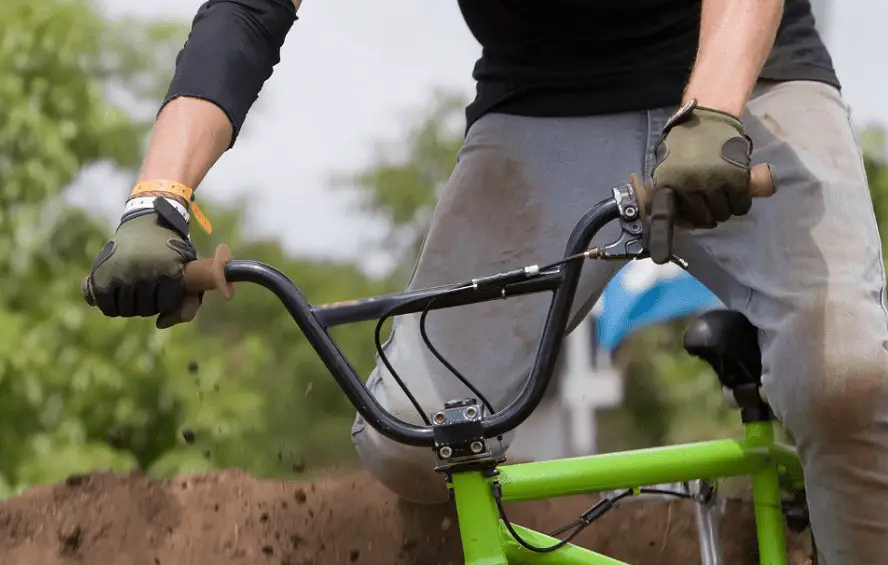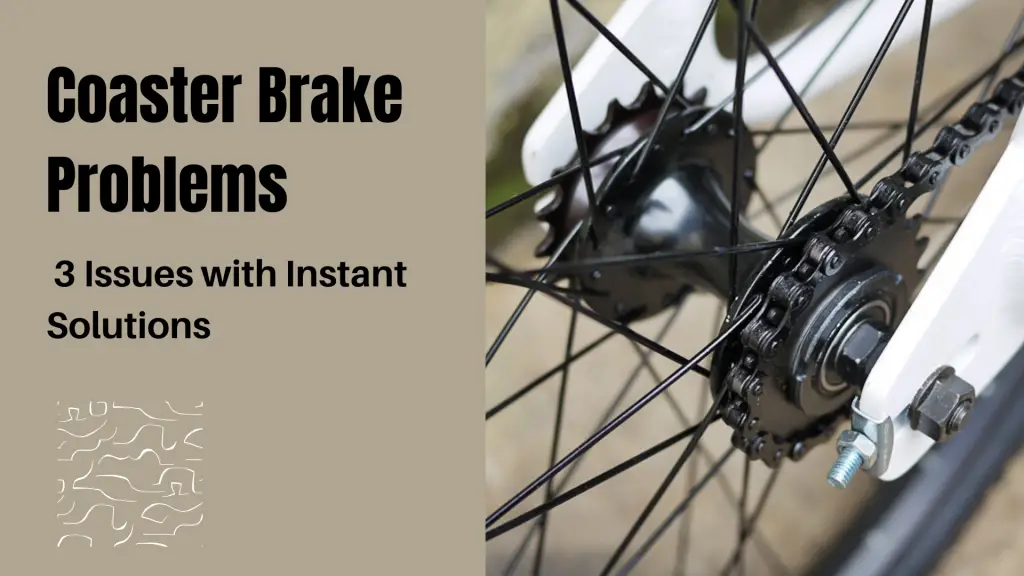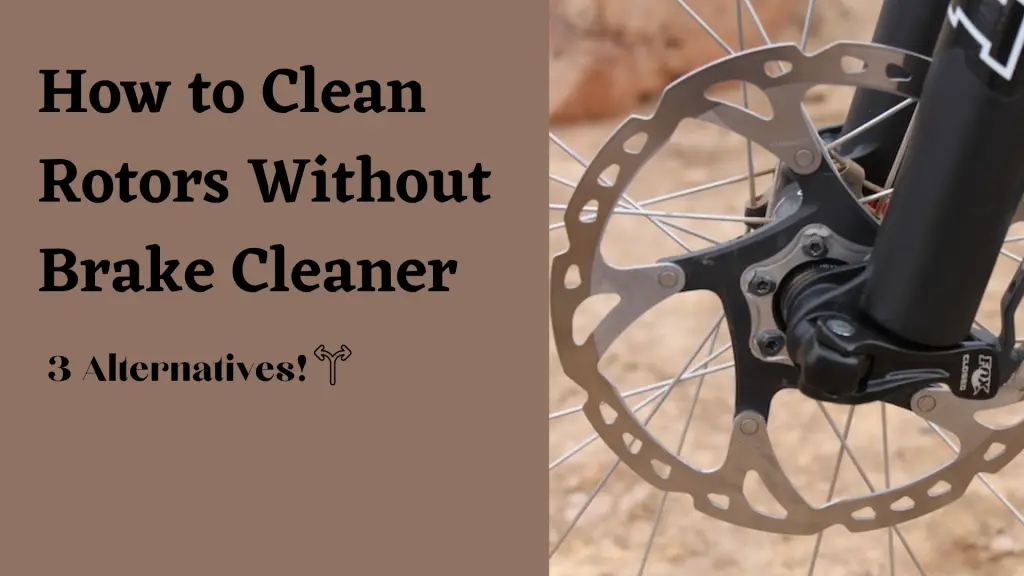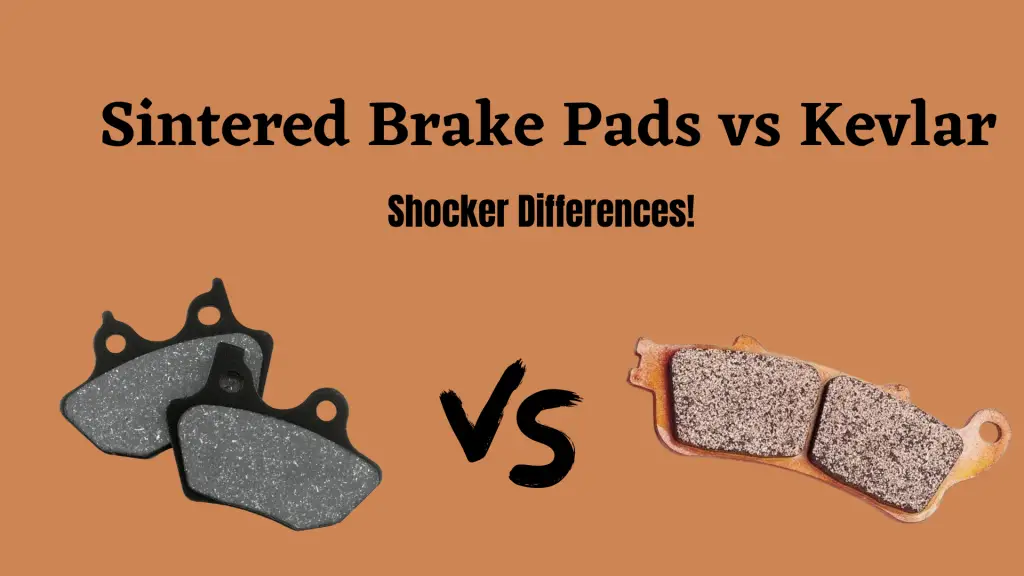Mountain biking has become one of the most popular outdoor activities in recent years. Mountain biking offers something for everyone – from calm commuting to aggressive riding on rough terrains.
However, one of the most common issues that riders face is the discomfort caused by the bike’s original geometry. To tackle this problem, some riders have started experimenting with installing BMX handlebars on their mountain bikes. In this article, we will discuss the pros and cons of putting BMX handlebars on a mountain bike.

Differences between the two bikes
The key difference between BMX and mountain bikes is the saddle and wheel size.
BMX bikes typically have smaller wheels and a smaller, more compact saddle, designed for quick movements and agility.
Mountain bikes, on the other hand, have larger wheels and a larger saddle, designed for stability and comfort on longer rides.
Benefits and drawbacks of putting BMX handlebars on mountain bikes
Usually, the BMX bike handlebars have different sizes and positions in comparison to MTB bars. This is because BMX bikes are designed for rides in skateparks and other urban settings, where riders need to be able to make quick turns and maneuvers.
On the other hand, mountain bikes are designed for off-road cycling, where stability and control are more important.
So, installing handlebars of BMX bikes on an MTB can lead to some weird handling and extra drag, which may not be suitable for all riders.
Drawbacks of installing BMX bars on MTB
One of the main disadvantages is that it can be uncomfortable for riders who are not used to the aggressive position.
The low rise of a BMX bar can cause the rider to lean forward, which can put more pressure on the arms and wrists. This can lead to painful injuries, especially on long rides.
Another issue is that not all BMX bars are compatible with MTB stems. BMX bars have a different diameter than mountain bike bars, so riders may need to purchase a new stem to fit their BMX bar.
This can add to the cost of the modification.
Another drawback is the unhealthy heights of a BMX handlebar for riders who spend long periods on their bikes.
The hips are in a close position to the handlebars, which can cause strain on the lower back and neck. Riders who are not used to this position may experience discomfort and pain over time.
Moreover, BMX bars also would make an impact on the bike brake lever’s operation.
BMX bars have different shapes, which can make it difficult to reach the brake levers when riding. This can be dangerous in situations where quick braking is required.
Benefits of installing BMX bars on MTB
On the other side, installation on these handlebars could be useful for you, if you like to have a more aggressive riding position.
BMX bars have a low rise and can help you get your hips closer to the front wheel, which can give you more control over the bike.
Increased maneuverability is among the advantages of installing BMX bars on your MTB. The wider bars allow for greater control and make it easier to turn and navigate through tight areas.
Additionally, the lower of BMX bars can put the rider in a more aggressive position, which can improve their overall performance.
Riders can also get a more stable feel when descending on steep and technical terrain.
Moreover, BMX bars are shorter, which means that you will be in a more upright position, allowing you to use your sit bones to support your weight instead of relying on your hands and arms.
This can be especially beneficial if you suffer from a painful injury or discomfort caused by the traditional position of MTB bars.
Differences between BMX and MTB handlebars
BMX handlebars tend to be narrower than mountain bike handlebars, which allows riders to navigate tight spaces and perform quick movements.
Mountain bike handlebars, on the other hand, are designed for stability and control on rough trails.
They tend to be wider than a handlebar of a bicycle motocross bike, providing a larger grip and better leverage when navigating through rocky terrain.
Mountain bike handlebars are also often made of lightweight materials like aluminum to reduce weight and increase efficiency while pedaling.
How to install a bar of a BMX bike on MTB
Let’s start to install BMX handlebars on your MTB. For that stems and some other essential tools are needed.
Step 1
The first step is to remove the existing stem from your bike’s fork steerer tube.
You will need to loosen the star nut bolt at the top of the steerer tube and then remove the stem from the clamp area.
Step 2
Make sure the bars are compatible with your mountain bike.
Check the diameter of your existing handlebars and compare them to the diameter of the new bars to ensure they are a match.
Step 4
Once you have removed the existing stem, you can install the new stem and then attach the BMX handlebar to it.
Step 5
Slide the BMX bars onto the stem and tighten the bolts using a torque wrench to the manufacturer’s recommended specifications.
It is important to note that installing BMX handlebars on a mountain bike will change the bike’s original geometry. This can affect the bike’s handling, mainly if you are used to cycling in a particular way.
Step 6
Adjust the handlebars of a BMX bike to your desired position. Make sure that the bars are level and adjust them forward or backward to ensure that your hips are close to the bars and you are comfortable in the saddle riding position.
You may need to adjust the height of the bars as well to avoid unhealthy heights or fully extended arms.
So, it is essential to test-ride your bike after installing the BMX handlebars and make any necessary adjustments to ensure that the bike is stable and comfortable for you.
Frequently asked questions
Can I put BMX handlebars on a mountain bike?
Installing the BMX handlebar on the MTB is possible. You will just need to check if the clamp diameter is suitable for the mountain bike stem. It is important because the clamp diameter of most BMX handlebars is 22.2 mm, which is less that the clap diameter of MTB, which usually is 31.8 or 35 mm.
Can I put a BMX stem on a mountain bike?
It is possible to put a BMX stem on an MTB, but again, it’s important to make sure that the stem has the same clamp diameter as your MTB bars.Most BMX stems have a clamp diameter of 22.2mm, while most MTB handlebars have a clamp diameter of 31.8 or 35 mm. It’s also important to consider the length and angle of the stem, as this can affect the handling of your MTB.
Can you do BMX on a mountain bike?
Technically you can do that, even though the two bikes are designed for different types of riding. BMX bikes are typically designed for riding at skate parks and dirt jumps, with a shorter wheelbase and higher bottom bracket height for better maneuverability.
Can I put road bike handlebars on my mountain bike?
It is possible to put road bike handlebars on a mountain bike, but it may not be the most practical choice. These handlebars are designed for a different riding position, with the rider’s hips close to the handlebars for a more aerodynamic riding position. MTB bars are typically wider and more upright, providing better control and stability on rough terrain.
Conclusion
In conclusion, installing BMX handlebars on a mountain bike can be a good idea if you are looking for a more aggressive cycling position or suffer from discomfort caused by the traditional MTB bar position. However, it is important to weigh the pros and cons carefully before making any changes to your bike’s setup.
It is also important to test-ride the bike after installing the BMX handlebars and make any necessary adjustments to ensure that you are cycling in a safe and comfortable position. By taking these precautions, you can enjoy a more comfortable and enjoyable ride on your mountain bike.


